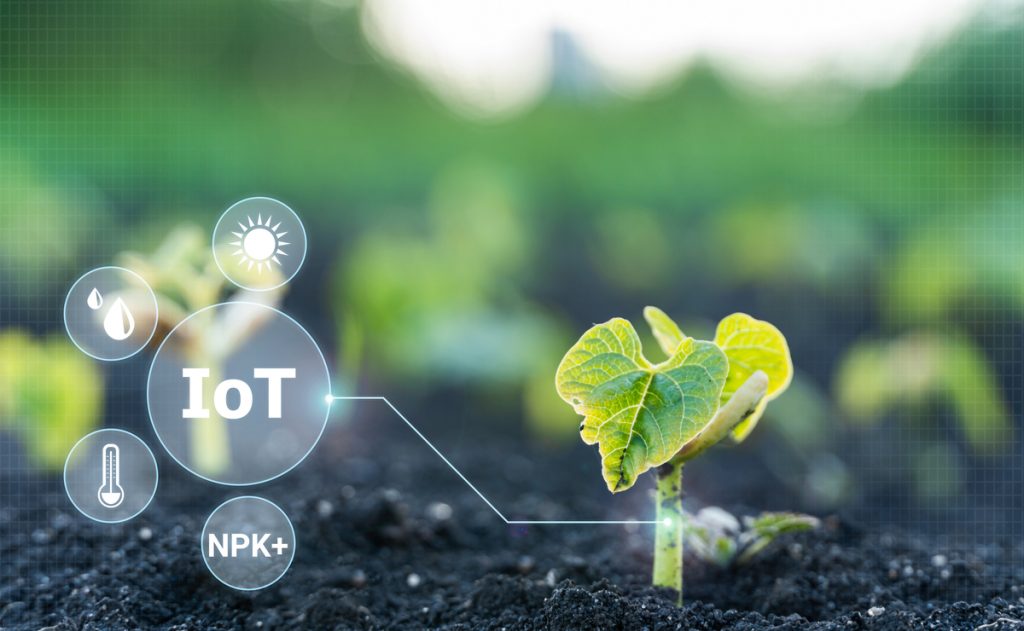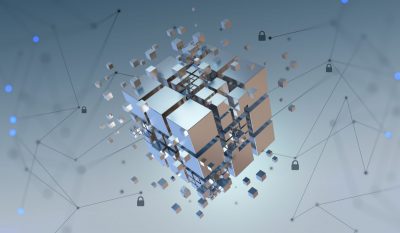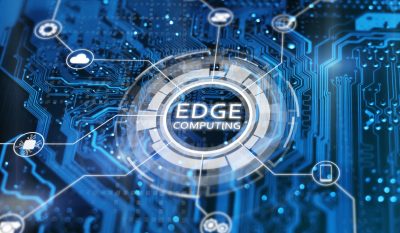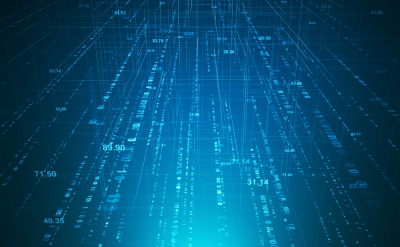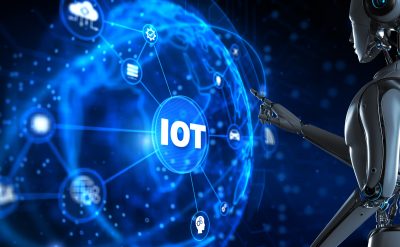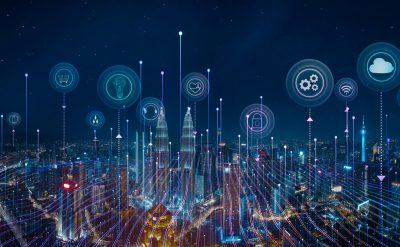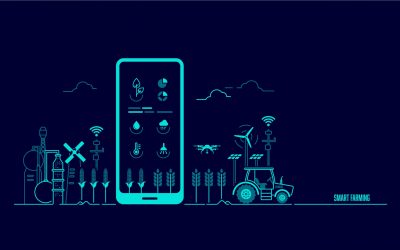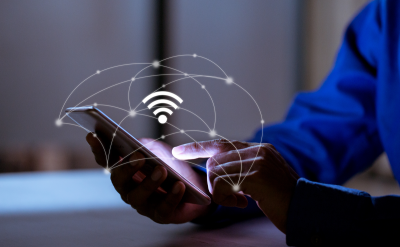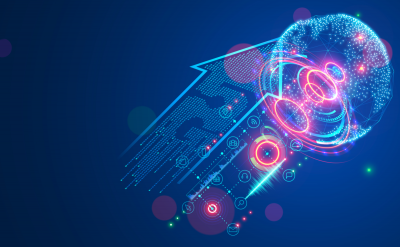The Internet of Things (IoT) has a more significant impact on daily life. IoT is capable enough to disrupt every field by offering benefits like real time monitoring and remote managing. The newer emerging technologies are helping the industrial sector to proliferate. IoT technology has laid its hands on the agricultural world, thus offering a smarter way to precisely monitor livestock and crop growth patterns.
In agriculture, IoT devices such as soil sensors, cameras, weather stations, and other technical equipment collect data on farming operations. Algorithms or other related tools are used to process gathered information into valuable insights. These revelations could be about a critical nutrient deficiency in the soil, a pest threat, or the general health of livestock animals.
As the world’s population is increasing, the number of mouths to feed is also growing. This scenario makes it more essential to employ IoT agricultural practices. The last few years have marked remarkable advancements in the technology sector. The usability of drones for monitoring larger farm fields and growing inclination toward smart farming methods could be amongst the top reasons.
Understanding ‘smart farming’
Smart farming facilitates farmers to have complete control over growing crops and rearing livestock. It contributes to saving massive efficiencies of scale, cuts costs, and helps in tracking scarce resources, like water.
Utilizing the smart farming concept enables farmers and growers to reduce waste and increase productivity. The same idea also helps maintain the quantity of fertilizer and the number of journeys made by farm vehicles.
The need for IoT in agriculture
It was a long time back when agricultural operations used sensors for their day-to-day projects. The only problem with this traditional approach was that the sensor technology could not provide live data. The sensors collected the data and stored it in the attached memory, later used to perform operations.
Modern-day sensors are now available after introducing industrial IoT in agriculture.
Another task where the application of IoT has helped farmers is monitoring the water levels in tanks. Sensors help perform this activity in real time, increasing the overall efficiency of the irrigation process.
The advancement of IoT technology in agriculture has also made it possible to track seed growth. Farmers can now track the consumption of resources and the time taken by seed to grow into a plant.
Advantages of using IoT in agriculture
Before implementing IoT in agriculture, it is important to know why implementing this technology can benefit farmers in various ways.
The following advantages describe how farmers can benefit from implementing AI in agriculture –
1. Marks regularization
Implementing IoT helps control the internal farm operations, resulting in related production risks. Estimating the production output beforehand helps plan a mindful crop distribution.
2. Reduce waste and cost management
Crop observation and proper control help reduce wastage by lowering the likelihood of crop overproduction. The capacity to estimate crop growth and livestock health gaps aid in mitigating yield risks.
3. Easy management of data
Smart agriculture involves gathering a huge amount of data from sensors on soil quality, crop growth patterns, weather conditions, cattle health track records, etc. These factors aid in tracking a business’s progress, staff performance, equipment efficiency, etc.
4. Increased product quality and quantity
Improving overall farm operations involves managing the entire production process while ensuring better crop quality through automation techniques.
5. Increases Business Efficiency
IoT has headed to the automation of several processes that helps in achieving efficiency in a business process. Using IoT-built smart devices helps automate multiple farm operations, e.g., irrigation, fertilizing, or pest control. Thus, the infusion of IoT in agriculture eventually leads to higher revenue generation.
Conclusion
The introduction of IoT in Agriculture marks a second wave of the Green Revolution. The farming business will become more crucial than ever before in the next few decades. Farmers and agricultural firms are turning to the Internet of Things for analytics and greater production capabilities to meet the growing demand.
According to FAO projections, as the human population increases exponentially, the world needs to produce about 70% more food in 2050. These conditions may also result in a shortage of agricultural lands or may even lead to the exhaustion of finite natural resources. So, it becomes critical to increase crop yields, and IoT can be a prevalent factor in this process.
For more information visit our latest whitepapers on IoT and other related technologies here.




